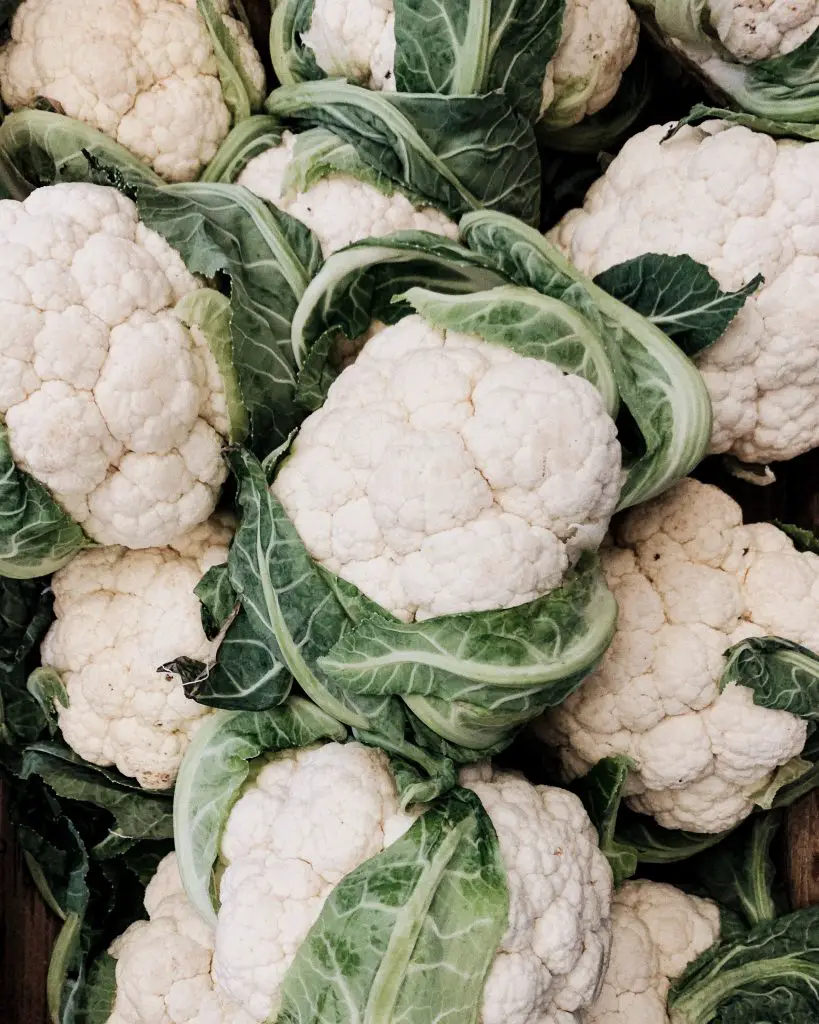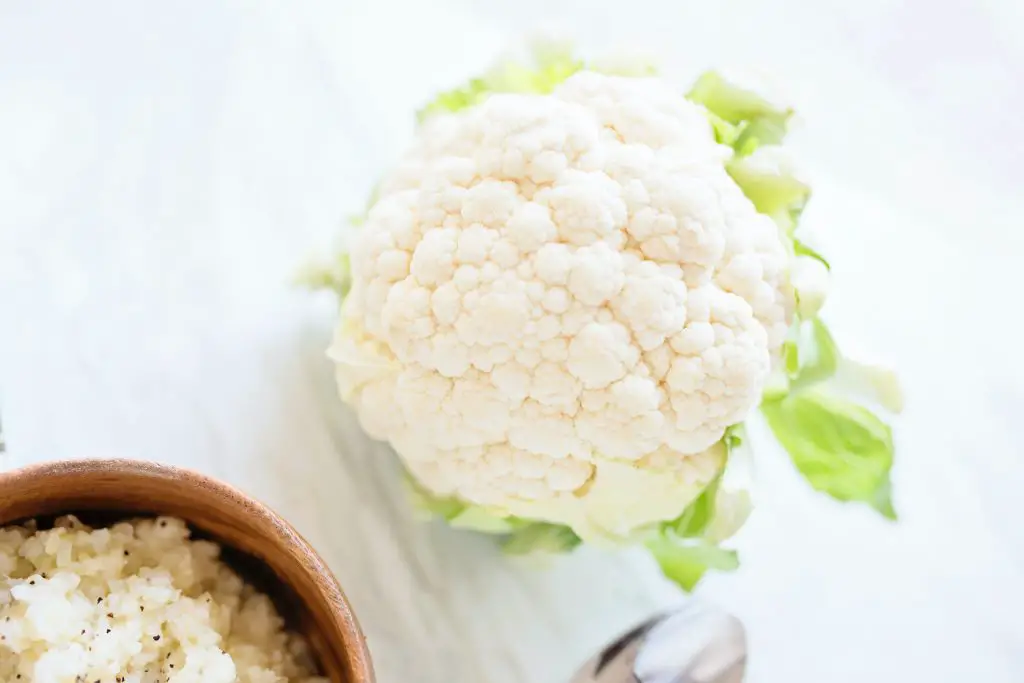How Long Does It Take Cauliflower Seeds To Germinate? Cauliflower is a popular winter vegetable that is eaten widely all over the world. It is most commonly grown within the winter months of the year where temperatures are a little cooler, however, one of the most common questions asked is how long does it take for cauliflower seeds to germinate?
Cauliflower will take approximately 5 to 10 days to germinate at temperatures of 59°F to 95°F (15 to 30°C) according to a study published by the University of California. However, the rate of germination is significantly affected when the temperature falls to 50°F (10°C) and the seeds will not germinate at temperatures below this level. A table showing the speed of germination is provided below for reference.
| Days To Germinate | Temperature (°F) | Temperature (°C) |
| – | 32 | 0 |
| – | 41 | 5 |
| 19.5 | 50 | 10 |
| 9.9 | 59 | 15 |
| 6.2 | 68 | 20 |
| 5.2 | 77 | 25 |
| 4.7 | 86 | 30 |
| – | 95 | 35 |
| – | 104 | 40 |
To take full advantage of the growing season it is important to get seedlings started early in winter and then again in mid to late summer as this allows the plants to flower during the cooler months of the year which includes autumn and spring.
If you allow the plants to flower during periods of year when it is extremely hot will find that they quickly run to seed and the quality of the head is extremely poor. This is largely because you will end up with cauliflower heads that are mainly stork rather than floret.

In the early part of the growing season, it is necessary to sow seeds into trays as they will not germinate below around 50°F (10°C). The trays need to be kept inside in a relatively warm position, however, if you live in a cold climate it is well worth investing in a heated propagation tray as this will allow you to produce harvest much faster than otherwise would be the case.
If you are considering purchasing a heated propagation tray we recommend that you purchase is one that has a removable seed tray and humidity dome. The removal seed tray is advantageous because it is the part of the unit that deteriorates first. So being able to replace it will extend the life of the unit substantially.
The humidity dome is also a very important feature as it will ensure that the seedlings are exposed to a constant temperature which will optimize the rate of growth.
How To Grow Cauliflower Seeds
To sow cauliflower seeds start off by filling the seed tray with a good quality seed raising mix. Press the next mixture into the cells of the tray to produce solid plugs as this will make it easier to transplant the seedlings later on.
The next step is to plant 2 to 3 seeds per cell as this will ensure that you get at least one seedling per cell. The seeds should be planted at a depth of approximately half an inch. The seedlings will need to spend approximately 4 to 6 weeks in the seed tray before being transplanted out into the garden. At this stage, the seedling will typically be around 4 to 6 inches tall.
When planting the seedlings out into the garden they should ideally be placed in a location that gets released 6 to 8 hours of sun per day. As the plants are relatively large they need to be planted at least 10 inches apart to ensure that they have sufficient space to grow.
In terms of soil conditions, cauliflower, like most vegetables prefer rich, moist, and free-draining soil that has plenty of nutrients. If you are unsure about the quality of your soil it is advisable to add a bag of compost before your plant the seedlings.
In addition to modifying your soil, it is also important to protect seedlings from slugs and snails by applying snail bait around the seedlings. The plants are most susceptible when they are small as they get a little bit larger slugs and snails will generally be less of problem. However, it is advisable to remove dead or dying leaves from the base of the plant as this is often an entry point for slugs and snails.

Caring For Cauliflower
Once the Cauliflower plants have been established the main job is to ensure that the plants remain weed-free and get plenty of water. To maximize the quality of the head it is important to keep a close eye on the plant as it progresses and look for any signs of the formation of the flower.
Once you see the flower head begin to form it is important to tie the leaves around the head if you are growing a non-blanching variety. Non-blanching varieties are the ones where the leaves do not grow over the top of the head hiding it from the sunlight.
Protecting the head of the cauliflower from sunlight Is important because it prevents the head from yellowing which can make it look little bit unsightly, though it does not affect the nutrition or flavor.

The easiest way to do this is to use rubber bands or pegs to tie the leaves around the head. Once the plant reaches this stage it is important to periodically uncover the head to check it’s progress. If there are any signs of the curds separating the head should be harvested immediately.
In cases where you have a glut of cauliflower, I would still advise that you harvest them at their best and freeze them to maximize the output of your garden.
I hope you have great success growing cauliflower in your garden at home, if you have any additional comments or questions please leave them in the section below.
Relevant Articles
Can Cauliflower Grow In Summer?
How Many Cauliflowers Do You Get From One Plant?
Does Cauliflower Grow Underground?

